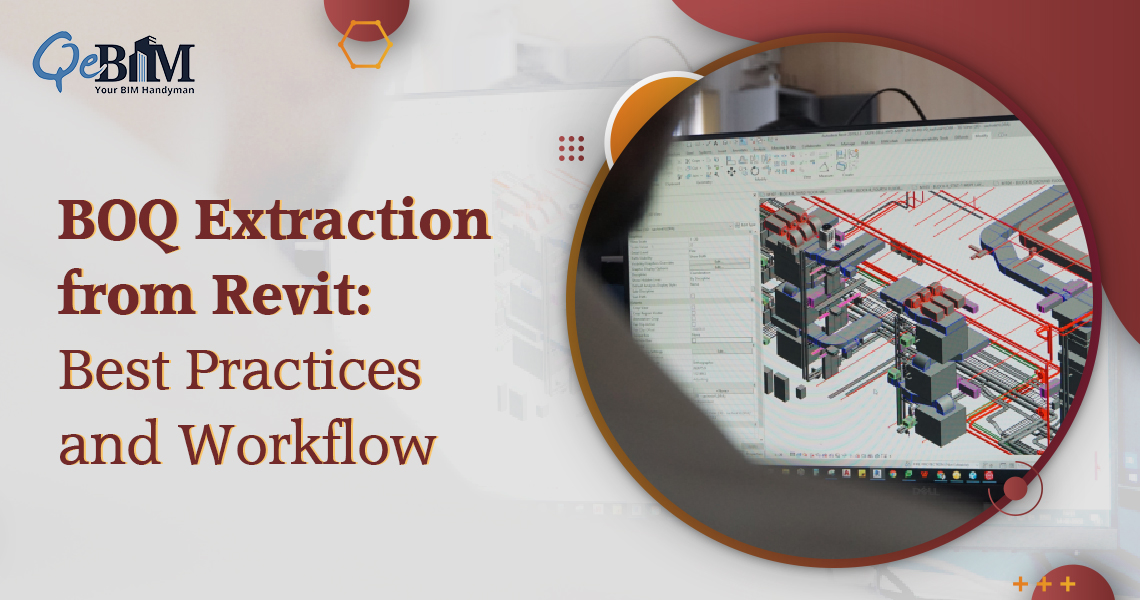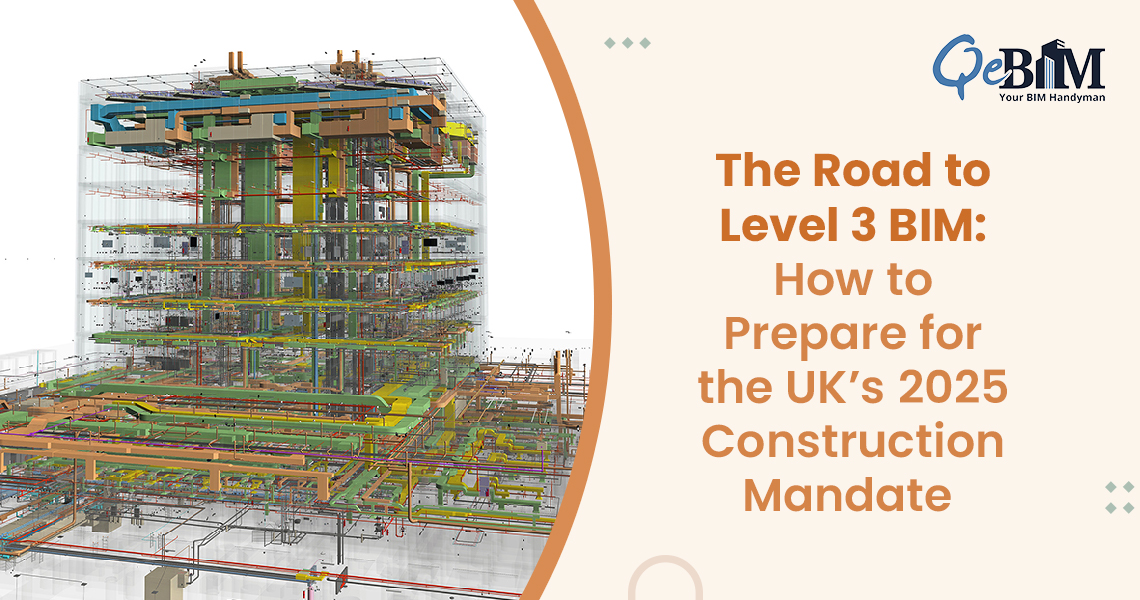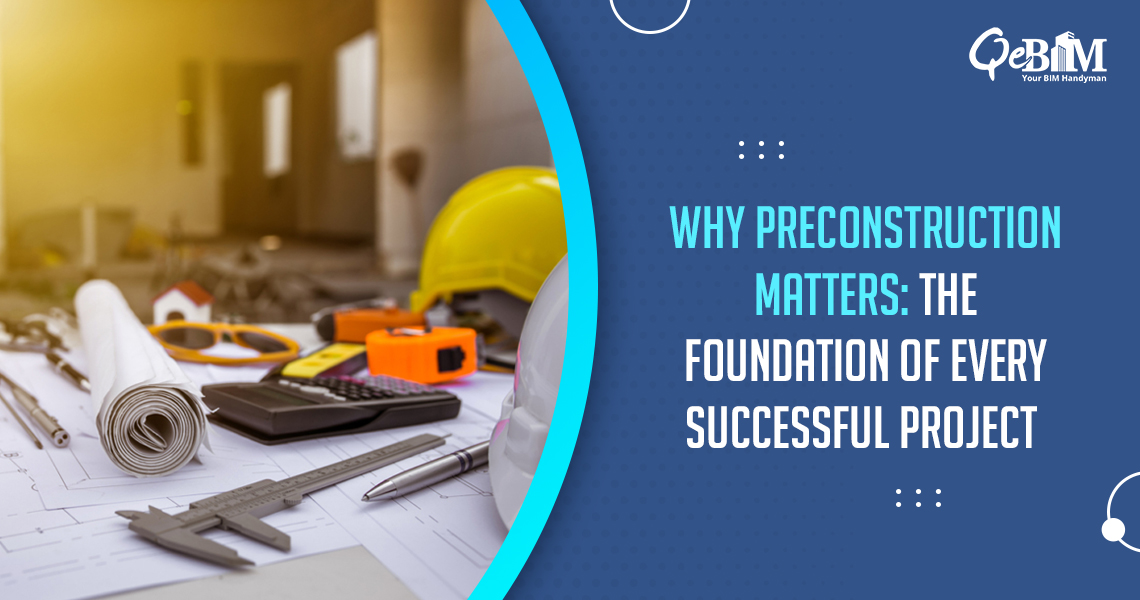Introduction:
In recent years, the construction industry has been undergoing a paradigm shift towards adopting lean principles to enhance efficiency, reduce waste, and improve overall project outcomes. Lean construction, inspired by the manufacturing sector’s lean methodology, aims to streamline processes, optimize resources, and minimize costs. However, despite its potential benefits, the road to successful lean construction implementation is often riddled with challenges. In this blog post, we will understand a bit about lean construction, its key principles and explore some common reasons behind the failures in lean construction adoption.
What is Lean Construction?
Lean Construction is a management philosophy and set of principles aimed at maximizing efficiency, minimizing waste, and improving overall productivity in the construction industry. Adapted from the lean manufacturing principles that originated in the automotive industry, lean construction focuses on delivering value to the customer while eliminating activities that do not contribute to that value.
Key Principles of Lean Construction:
1) Value:
-
- Focus on understanding and delivering what the customer values.
- Eliminate activities that do not contribute to the final product or service.
2) Value Stream Mapping:
-
- Analyze and optimize the entire construction process, from design to delivery.
- Identify and eliminate non-value-added activities and streamline workflows.
3) Flow:
-
- Ensure a smooth and continuous flow of work throughout the construction process.
- Minimize interruptions, delays, and bottlenecks.
4) Pull Planning:
-
- Schedule and plan work based on actual demand rather than pushing work through the system.
- Encourage collaboration and communication among project stakeholders to improve planning.
5) Waste Elimination:
-
- Identify and eliminate all forms of waste, including overproduction, excess inventory, unnecessary transportation, waiting times, overprocessing, and defects.
- Optimize resource utilization to minimize costs and increase efficiency.
6) Continuous Improvement:
-
- Foster a culture of continuous improvement where teams regularly assess processes and seek ways to enhance efficiency.
- Encourage feedback and learning from both successes and failures.
7) Respect for People:
-
- Recognize the importance of the people involved in the construction process.
- Empower and involve workers at all levels to contribute to problem-solving and improvement efforts.
8) Collaboration:
-
- Promote collaboration and open communication among all stakeholders, including designers, contractors, suppliers, and clients.
- Encourage the sharing of information and ideas to enhance the overall project outcome.
9) Visual Management:
-
- Use visual tools to make information about the project status, goals, and performance easily accessible to all team members.
- Enhance transparency and communication through visual aids such as Kanban boards and progress charts.
10) Lean Culture:
-
- Develop a lean culture within the organization by aligning values, behaviours, and practices with lean principles.
- Train and educate employees at all levels to understand and apply lean concepts.
By applying these principles, lean construction aims to create a more efficient, collaborative, and value-driven construction process. It has the potential to improve project outcomes, reduce costs, and enhance overall customer satisfaction in the dynamic and complex world of construction projects. However, there are some pitfalls in implementing lean construction as explained below.
Understanding the Obstacles of Lean Construction Implementation
1) Lack of Leadership Commitment:
One of the primary reasons for the failure of lean construction implementation is the absence of unwavering commitment from top-level management. Lean construction requires a cultural shift, and without visible support from leadership, it’s challenging to foster the necessary changes throughout the organization. When leaders fail to embrace and champion lean principles, the workforce may resist the changes, leading to a lack of enthusiasm and commitment at all levels.
2) Insufficient Training and Education:
Lean construction relies heavily on the understanding and application of new methodologies. Inadequate training and education on lean principles among project teams can lead to misinterpretations and improper implementation. Construction professionals need to be well-versed in lean concepts to effectively identify and eliminate waste, implement continuous improvement, and optimize project delivery. Continuous training is essential to keep the workforce updated and aligned with lean practices.
3) Inadequate Collaboration and Communication:
Lean construction emphasizes collaboration among all project stakeholders, including architects, engineers, contractors, and suppliers. Failures often occur when there is a lack of effective communication and collaboration between these parties. Incomplete or delayed information flow can disrupt the workflow and hinder the application of lean principles. Establishing open channels of communication and fostering a collaborative environment is crucial for successful lean construction implementation.
4) Resistance to Change:
Human resistance to change is a formidable obstacle in any industry, and construction is no exception. Lean construction introduces new workflows, methodologies, and mindsets that may clash with traditional practices. The fear of the unknown, coupled with a reluctance to deviate from established routines, can create resistance among team members. Overcoming this resistance requires effective change management strategies, clear communication of benefits, and demonstrating successful lean implementations.
5) Inadequate Planning and Goal Setting:
Successful lean construction implementation necessitates thorough planning and goal setting. When organizations fail to define clear objectives, set measurable targets, and establish a roadmap for implementation, the likelihood of failure increases. Lack of a well-defined plan can lead to confusion, misalignment of efforts, and an inability to measure progress accurately. Setting realistic goals and milestones is essential for tracking the success of lean initiatives and making informed adjustments as needed.
6) Inappropriate Project Selection:
Not all construction projects are suitable candidates for lean methodologies. Choosing an unsuitable project for lean implementation can lead to failure. Factors such as project complexity, size, and client requirements must be carefully considered. Implementing lean on a project that lacks the necessary conditions for success can result in frustration and disillusionment among team members, hindering future attempts at lean adoption.
7) Inadequate Technology Integration:
Lean construction relies on leveraging technology to enhance collaboration, communication, and data-driven decision-making. However, the inadequate integration of technology into construction processes can impede the effectiveness of lean implementation. Embracing advancements such as BIM Modelling Services, project management software, and other digital solutions is crucial for streamlining workflows and facilitating the seamless application of lean principles.
Conclusion:
While lean construction holds the promise of revolutionizing the construction industry, the journey toward successful implementation is fraught with challenges. Addressing these common reasons for failures requires a holistic approach that encompasses leadership commitment, continuous education, effective communication, change management, and strategic planning. By overcoming these obstacles, BIM Services Providers can unlock the full potential of lean construction, leading to improved project outcomes, increased efficiency, and long-term success in an ever-evolving industry.





